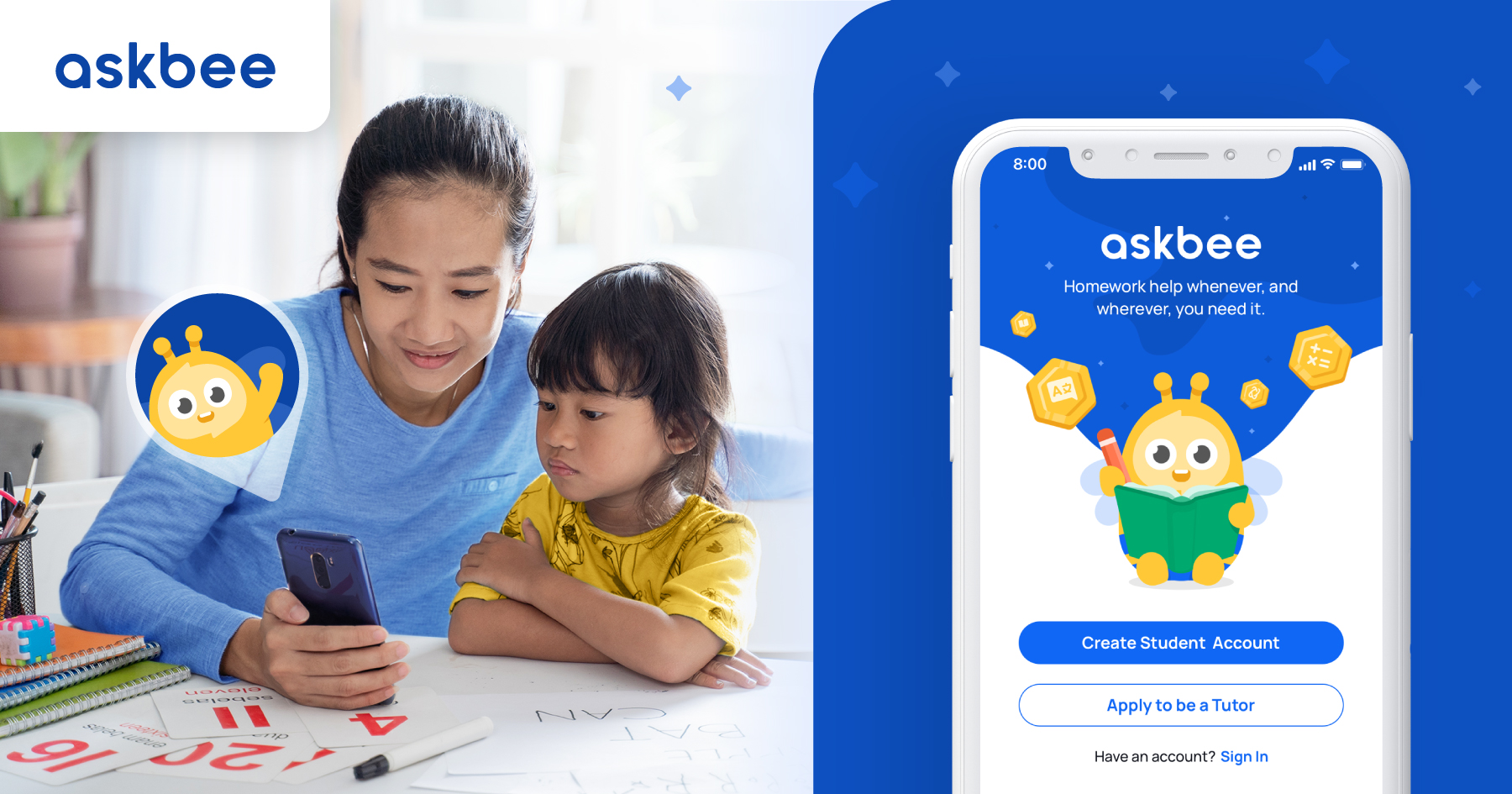I am not very knowledgeable about Chinese culture, taboos and tradition since my mom passed away when I was 10. I often look towards the internet or for storybooks to teach my kids about their own culture so I was delighted to find a storybook that talks about traditional Chinese taboos. This is a great way to teach kids and also yourself on all the age old "dos and don'ts". It is also a good way to teach kids of other races.

This book made me travel back in time to my childhood. It is also a good way for me to explain tradition and taboos to my kids.
I also really loved the illustration found in "Looking After the Ashes" the book. Its a perfect match for the stories found in the book.
- If You Are Ugly, It's A Boy...
- Ah Too, Ah Kau, Ah Goo
- Paper Lanterns, Mooncakes and a Wedding
- Sprit of the Coin and Hairdressers
- Paper Servants, Black Cats and Cardboard Chauffeurs
- and lots more!

Title: Looking After the Ashes
Type: Paperback
No of pages: 216
Publisher: Penguin Random House SEA
Synopsis: Looking After the Ashes is a semi-biographical fiction of Kopi Soh’s childhood stories. Growing up in a large extended Taoist influenced Peranakan family filled with strong women, Kopi hears these words of ‘wisdom’ daily. She used to live in a world where clipping finger nails at night was strictly forbidden, pointing at the moon would result in one’s ears getting chopped off, and children were forced to stay indoors during sundown for fear of collision with evil forces. A world where mental disorders and illnesses were believed to be caused by malevolent spirits. Talisman, mediums and fortune tellers were a part of everyday life.
Author: Kopi Soh s the pseudonym of a Malaysian author and illustrator best known for her book Oh, I Thought I Was The Only One. She has organized volunteers to produce art for hospitals and charities. Her work was recognized in the Digi WWWOW Awards 2015, winning an award in the Social Gathering category. She has worked with various nonprofit organizations such as AsPaCC Community Hospice, Pusat Perubatan Universiti Malaya (PPUM), Pusat Perubatan Universiti Kebangsaan Malaysia (PPUKM), Bukit Harapan Orphanage, and Cambodia Water Project.
Looking After the Ashes in the press:
Folk horror, memory and dark traditions stir up Malaysian author's fiction debut
Peranakan author tells of local folklore and ghosts galore
Spooky Penang Peranakan stories get retold in this horror fiction book by Penguin
Listen to Kopi Soh's reading Chapter 10 of Looking After The Ashes
Where to buy:
Looking After The Ashes is available at MPH, Books Kinokuniya, Books Depository or you could also try searching for this title on Shopee or Lazada.



.jpeg)







